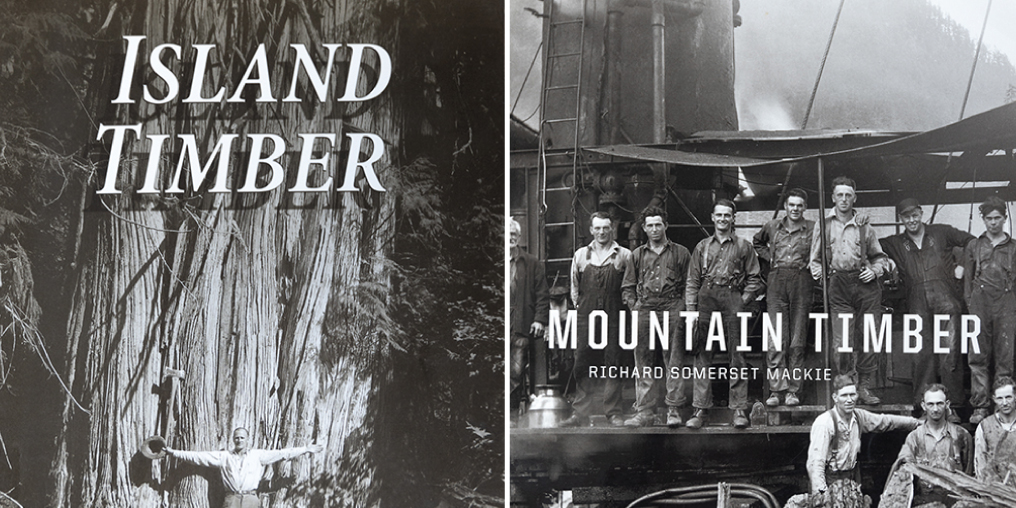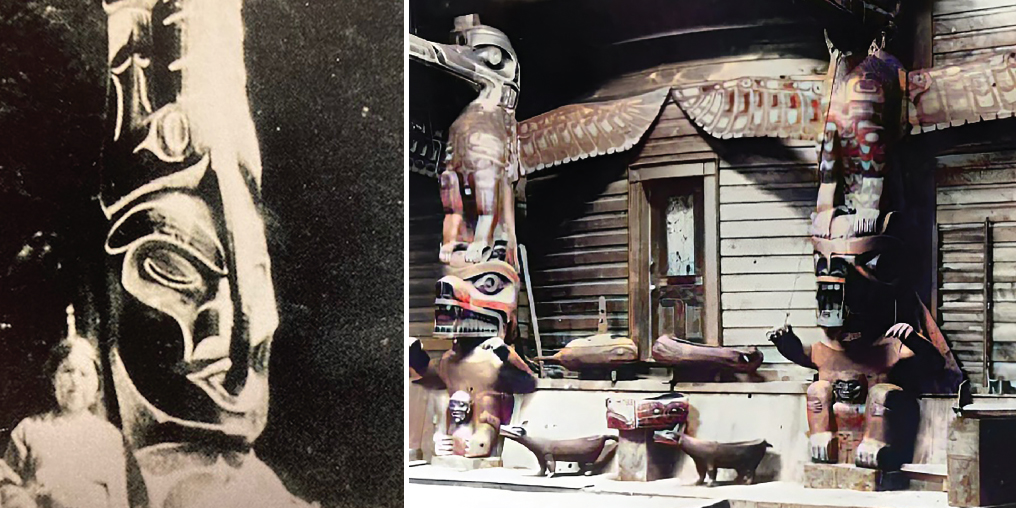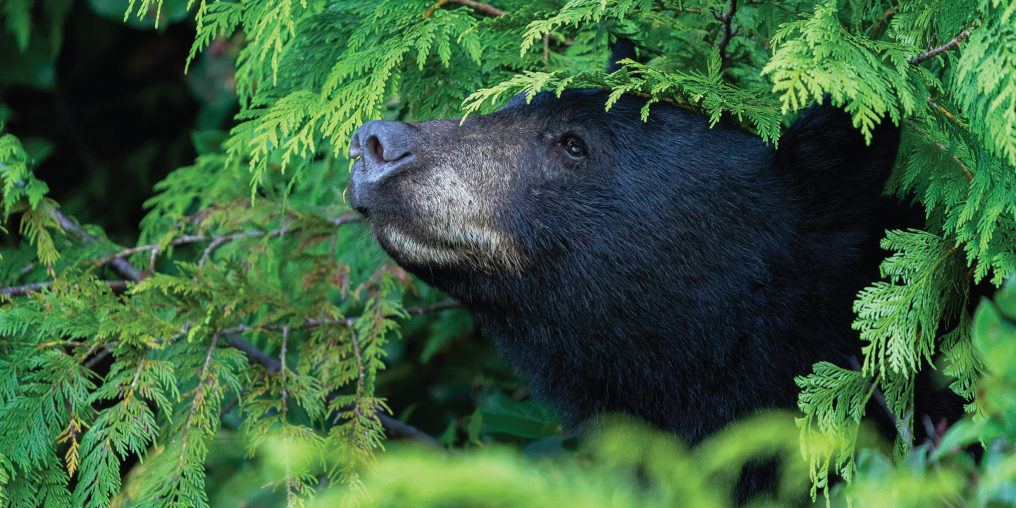The earliest inhabitants of the Comox Valley lived lightly on these lands for millennia and didn’t capture their history with written words. By contrast, the settlers who began arriving here in the 19th century altered the landscape extensively. The communities we now live in owe their existence and appearance—for better or worse—to all that farming, fishing, mining, and logging.
Settlers also documented their presence thoroughly, and historian Richard Somerset Mackie used those records (and info from hundreds of interviews) to write Island Timber (2000) and Mountain Timber (2009). Each is a colourful collection of stories about real people, their families, their lives, and their work.
These books offer a fascinating and highly detailed look at the lives of settlers in the Comox Valley in the first half of the twentieth century, with hundreds of photos and drawings that bring those decades to life.
There’s such a depth of information in each book that reading them from start to finish seems almost overwhelming. But they’re amazing to dip into at random, and you’ll always learn something fascinating about our social and community history.
For example, local streets and places are often named for early settler families; many of their stories are told in the books. There’s an extensive glossary filled with logging lingo from back in the day (whistlepunk, cold deck, chokerman, etc.). And the images and maps help readers, especially recent arrivals to the Valley, understand the local geography better.
Neither book truly addresses the widespread destruction of vast swaths of the landscape by the logging companies—or the harms of colonialism that are widely acknowledged today. There is very little mention about First Nations and the appropriation of their unceded territories. That said, Mackie isn’t a cheerleader for industry or land appropriation—his focus is more about the people who settled here and what their lives were like.
Both Island Timber and Mountain Timber offer an engaging and wide-ranging perspective on how the Valley came to be. They make a great introduction for anyone who wants to gain a deeper understanding of this place.





